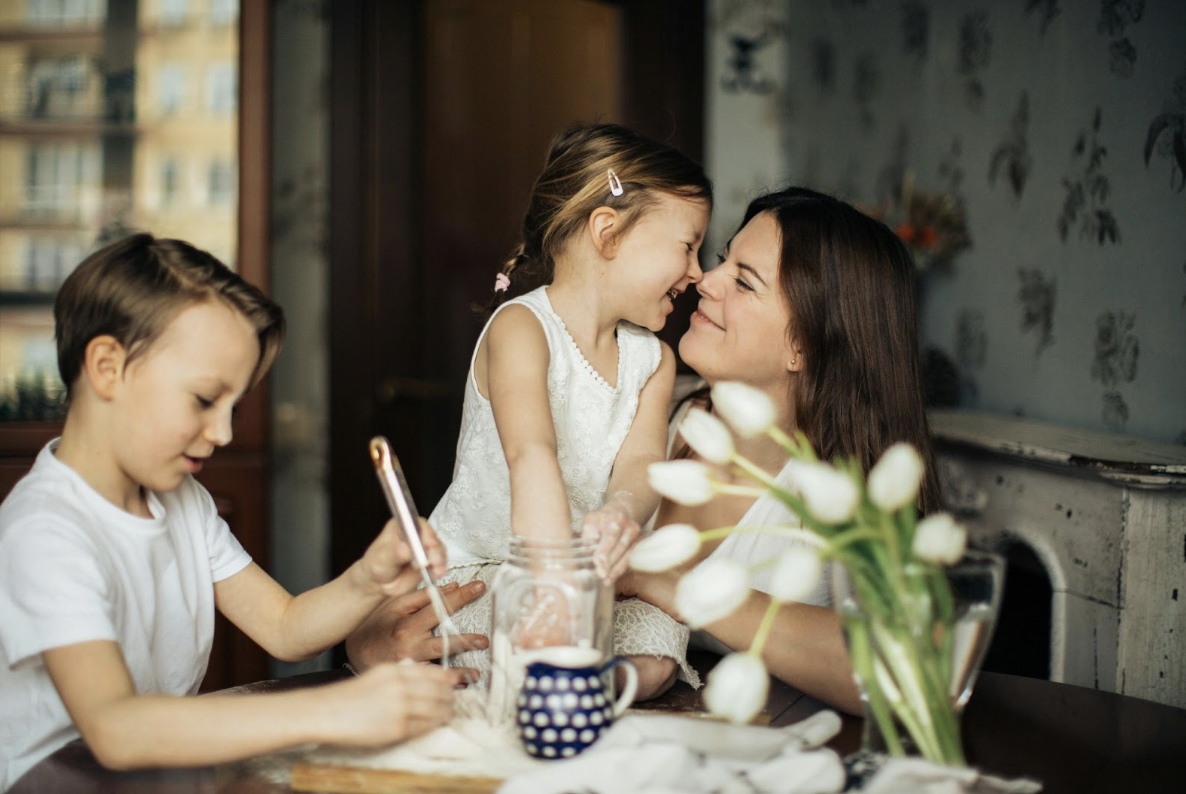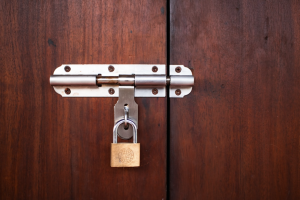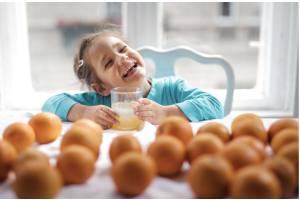What Every Parent Should Know About a Safe Living Space

Creating a safe living environment for children involves numerous factors, from ensuring physical safety measures are in place to maintaining healthy indoor air quality. Parents often prioritize their children’s immediate well-being by baby-proofing spaces and ensuring that common household items are secure.
There is a growing need to pay special attention to the elements that might not be immediately visible yet greatly impact health in the long term. These can include harmful substances, indoor pollutants, and factors contributing to accidents. Understanding these elements equips parents to foster a livable space conducive to physical and mental growth for their children.
Understanding Indoor Air Quality
Indoor air quality (IAQ) directly influences comfort levels and health outcomes for growing children. Research has shown that children are more vulnerable to pollutants than adults due to their developing respiratory systems and increased exposure to indoor environments. Common indoor pollutants include dust mites, pet dander, mold, and chemical emissions from household products.
Indoor air can be two to five times more polluted than outdoor air. This discrepancy amplifies the need for parents to regularly evaluate air quality and take corrective actions such as using air purifiers or opting for low-VOC paints and materials.
Regular checks for mold are particularly crucial in humid climates or older homes where moisture accumulation is likely. Parents may consider scheduling a Pawleys Island mold inspection to identify any mold growth early, as prolonged exposure can lead to respiratory issues and other health concerns. Establishing a routine for checking air quality ensures that the living space remains safe and healthy.
Safety Measures for Physical Spaces
Beyond air quality, safety in physical spaces plays a significant role in ensuring a child’s well-being. From the living room to the outdoor play area, assessing and modifying these spaces can reduce potential hazards.
Securing heavy furniture to walls, using gates to block stairways, and safeguarding sharp corners can help prevent accidents. Outdoor spaces should be evaluated for hazards such as harmful plants, unstable play equipment, and uneven surfaces. To foster a comprehensive safety environment, parents should consider the accessibility of emergency supplies.
First aid kits should be well-stocked and easily accessible, and parents should educate their children about what to do in case of an emergency. This proactive approach mitigates risks and instills safety awareness in children, reinforcing responsible behavior as they mature.
Maintaining a Chemical-Free Home
Maintaining a chemical-free home is a pivotal aspect of ensuring safety in living environments. Many families unknowingly expose children to harmful substances found in common household cleaners, pesticides, and even personal care products.
Household products account for a significant percentage of poisonings in children under the age of six. Parents can mitigate this risk by opting for natural cleaning supplies or creating DIY solutions using ingredients like vinegar, baking soda, and essential oils. This shifts emphasis from chemical reliance to safer, effective alternatives that promote health without compromising cleanliness.
Educating children about the dangers of chemicals present in household products can foster awareness and caution. Through engaging discussions, parents can explain the importance of keeping substances out of reach, as well as signal the necessity for proper ventilation when using any cleaning products. This guidance helps children develop better habits early on, preparing them to navigate their environments with greater safety consciousness.
Creating Spaces for Mental Wellness
Aside from physical and chemical safety, mental wellness must not take a back seat within the home. Creating environments that promote emotional well-being is important for developing children, as a secure emotional state enhances their ability to learn and socialize.
Parents can facilitate this by ensuring spaces are calming and encouraging creativity. Consider design features that incorporate soft lighting, cozy seating, and designated areas for play and relaxation. Each element contributes to lessening anxiety and fostering a positive emotional environment.
Encouraging children to express themselves through art or open discussions about feelings can create a supportive space. This practice fosters emotional intelligence and resilience, equipping children with tools to manage stress and build healthy relationships. By prioritizing mental wellness alongside physical safety, parents can significantly impact their children's development.
Regular Maintenance for Safety
Regular household maintenance cannot be overstated. From checking smoke detectors to inspecting plumbing for leaks, proactive upkeep can help prevent significant issues before they arise. For families in older homes, this might mean ensuring that wiring is updated, windows are secure, and there aren’t any lead-based paints present. The CDC emphasizes the importance of routine inspections, as they are critical in identifying potential hazards early on.
Parents can take charge of the landscape surrounding their homes. Safe play areas should be free of sharp objects, have appropriate ground cover, and be away from street traffic. This attention to detail ensures children can enjoy outdoor play without undue risks from their surroundings.
The Benefits of Open Communication
One key aspect of parenting that contributes to creating a safe living environment is open communication. Encouraging children to share their fears, observations, or experiences fosters an atmosphere in which they feel comfortable discussing what makes them feel secure or threatened.
Parents should regularly check in with their children about their living spaces, discussing important safety topics such as identifying potential hazards and how to respond to emergencies. Utilizing roleplay can be an engaging and effective way to teach children what to do in various scenarios.
Whether practicing how to respond in case of smoke or discussing whom to call for help, these conversations empower children with the knowledge to react appropriately in real situations. Through fostering a culture of open communication, parents support their children’s safety and enhance their confidence and problem-solving skills as they navigate the world around them.
Ensuring a safe living space for children is a multifaceted challenge that extends beyond basic safety measures. By focusing on aspects such as air quality, physical safety, emotional well-being, and fostering communication, parents can create environments that nurture healthy growth and development. Investing time and resources now will pay dividends in terms of children’s health and happiness long into the future.






